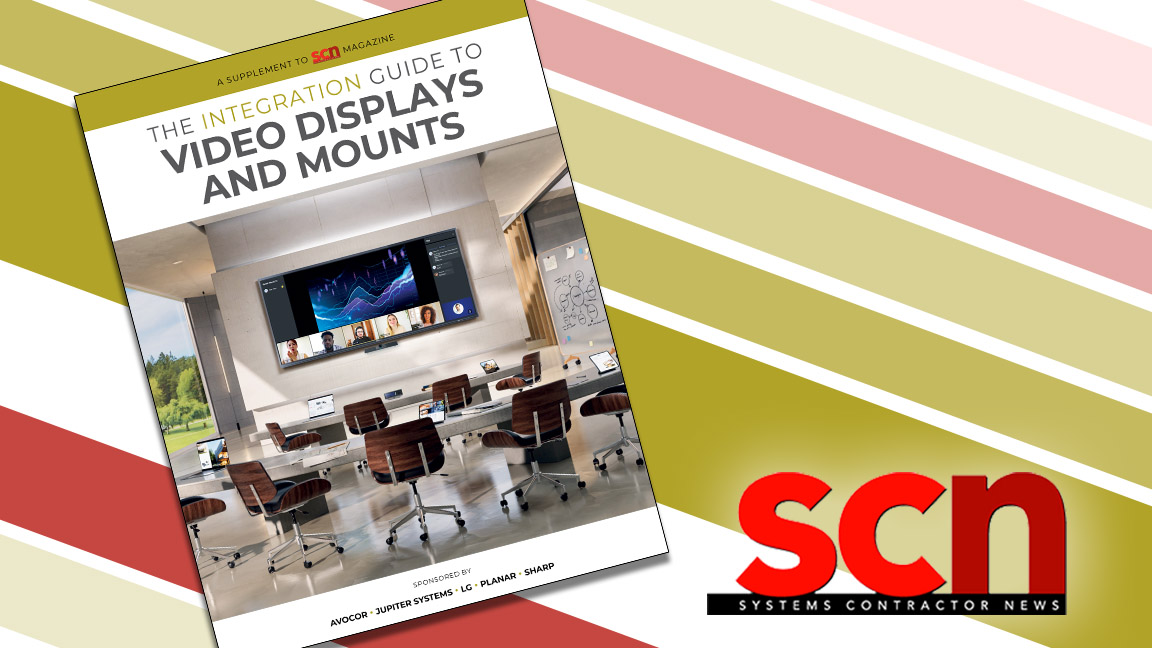InfoComm Themes: Evolution or Revolution?
Previously I talked about a few ideas to make InfoComm a little better for you, in terms of maximizing the return on investment. That was really fun, and allowed me to offer my thoughts on ways to be more efficient in your time at the show and get the most out of each booth visit.
Now, let’s get to the best part of the InfoComm 2015 experience: the technology. Every year there seems to be a new grand and pervasive theme, which also tends to be the theme for several years thereafter. For instance, “Collaboration and Unified Communications,” “AV and IT Convergence,” “4K displays,” “4K switching infrastructure,” etc.
My thoughts on last year’s InfoComm was that it was all about evolution, not revolution, where many of these grand and pervasive themes were turning into usable technology. IT and AV convergence yielded a proliferation of networked audio systems; collaboration and unified communications yielded a boon to huddle room presentation technology and flipped classrooms; 4K displays proved to be everywhere, including one the size for five or six school busses atop Crestron’s booth, displaying the prowess of its 4K switching infrastructure device. Finally, the big items we’ve been talking about as an industry were usable and ready to buy.
So what does that mean for InfoComm 2015? My guess: more of the same, with a few outliers.
I expect to see a greater emphasis on AV/IT convergence with regard to corporate network being the backbone of the audiovisual infrastructure. Fantastic companies such as Haivision, SVSi, and Just Add Power do a tremendous job of developing products that allow for the transmission of audiovisual systems over existing networks. A real plus for multi-site businesses.
My guess is there will be a small, but noticeable, uptick in 4K source devices, especially in the digital signage market. We have 4K displays and 4K switching, but the majority of the detractors of 4K implementation (and rightfully so) are clamoring for the content. I’d expect to see source devices, digital signage players, cameras, and media players in a larger quantity than last year as manufacturers make the jump from a 1080p ceiling to a 4K/UHD ceiling.
Unified communication and collaboration will continue to be a huge area at InfoComm 2015, like last year. From pre-packaged huddle room systems like FSR’s HuddleVU, to small form-factor, but high-functioning computer devices like the AMX Enzo, to professional grade peripherals built for plug-and-play software-based audio and videoconferencing, like Vaddio’s AV Bridge MATRIX PRO, and RoboSHOT 12 USB, UCC and collaborative workstations will be everywhere; and rightfully so.
Not only will we see the hardware, we’ll also see software. I’d expect Microsoft (among others) showcasing a number of products for Skype4Business, but that’s just the tip of the iceberg. Polycom, Acano, Zoom, and a litany of other companies have incredible software-based conferencing options at a variety of price points.
A daily selection of features, industry news, and analysis for AV/IT professionals. Sign up below.
Another area I’d expect to see an increase in on the collaboration front is wireless display technology. Mersive’s Solstice, Barco’s Clickshare, Crestron’s AirMedia, Christie’s Brio, WePresent—and the list goes on and on—all have solutions allowing technology managers to create exceptional huddle room technology with minimal installation cost.
I’m sure there will also be a number of other new and improved technologies present at this year’s InfoComm that I didn’t mention. What are some of the devices or software applications you’re looking forward to seeing and evaluating this year?
